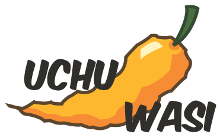Your cart is currently empty!
Articles
-
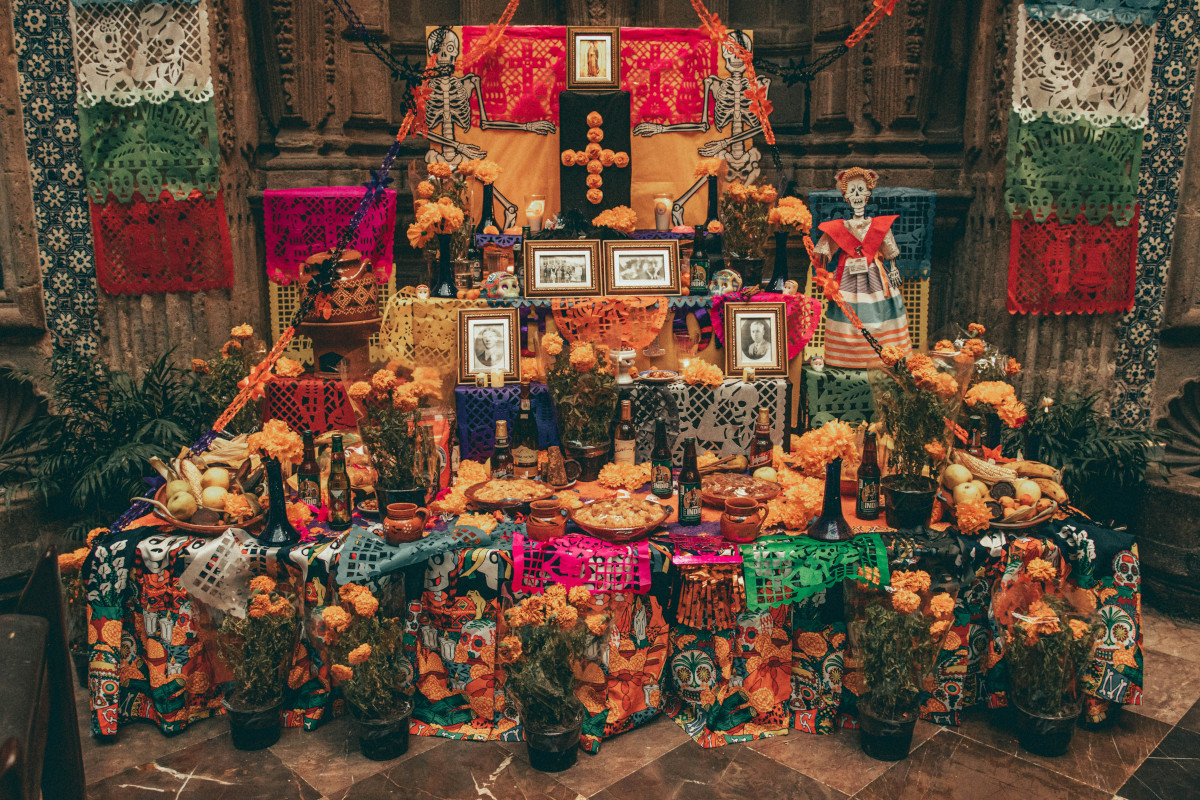
Día de Muertos in Mexico
Remembering with joy, not fear Día de Muertos (Day of the Dead) is one of Mexico’s most iconic and deeply felt cultural traditions. Far from a morbid celebration, it is a time for families and communities to remember, honor, and joyfully reconnect with those who have passed. Observed on November 1 and 2 each year,…
-
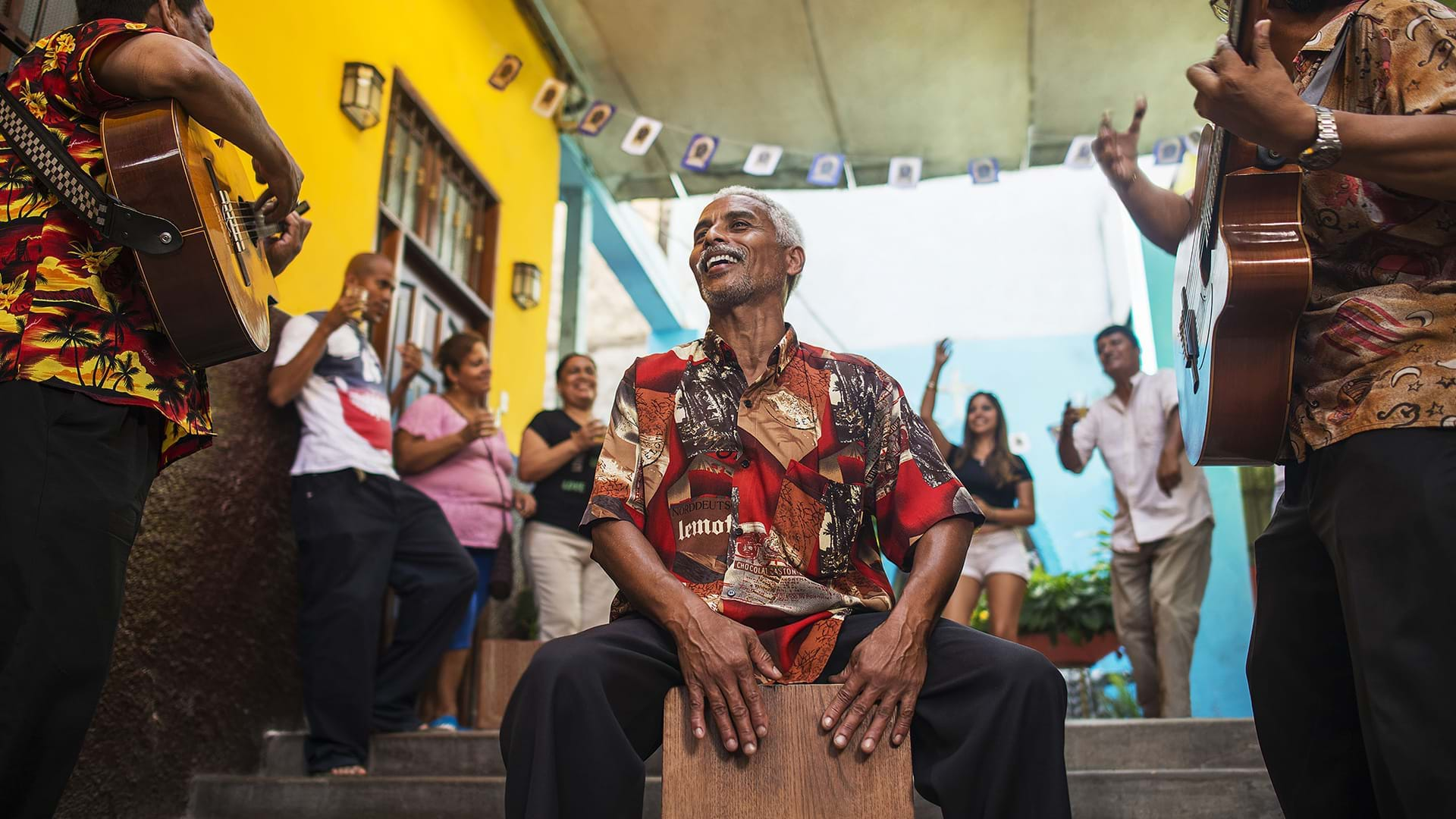
Día de la Canción Criolla
A short history and why Peru celebrates it every October 31 Every October 31 Peruans celebrate the Día de la Canción Criolla, a national day that honors the country’s criollo and Afro‑Peruvian musical traditions — the valses, festejos, marinera and other rhythms that helped shape modern Peruvian identity. The date was formally established by Supreme…
-
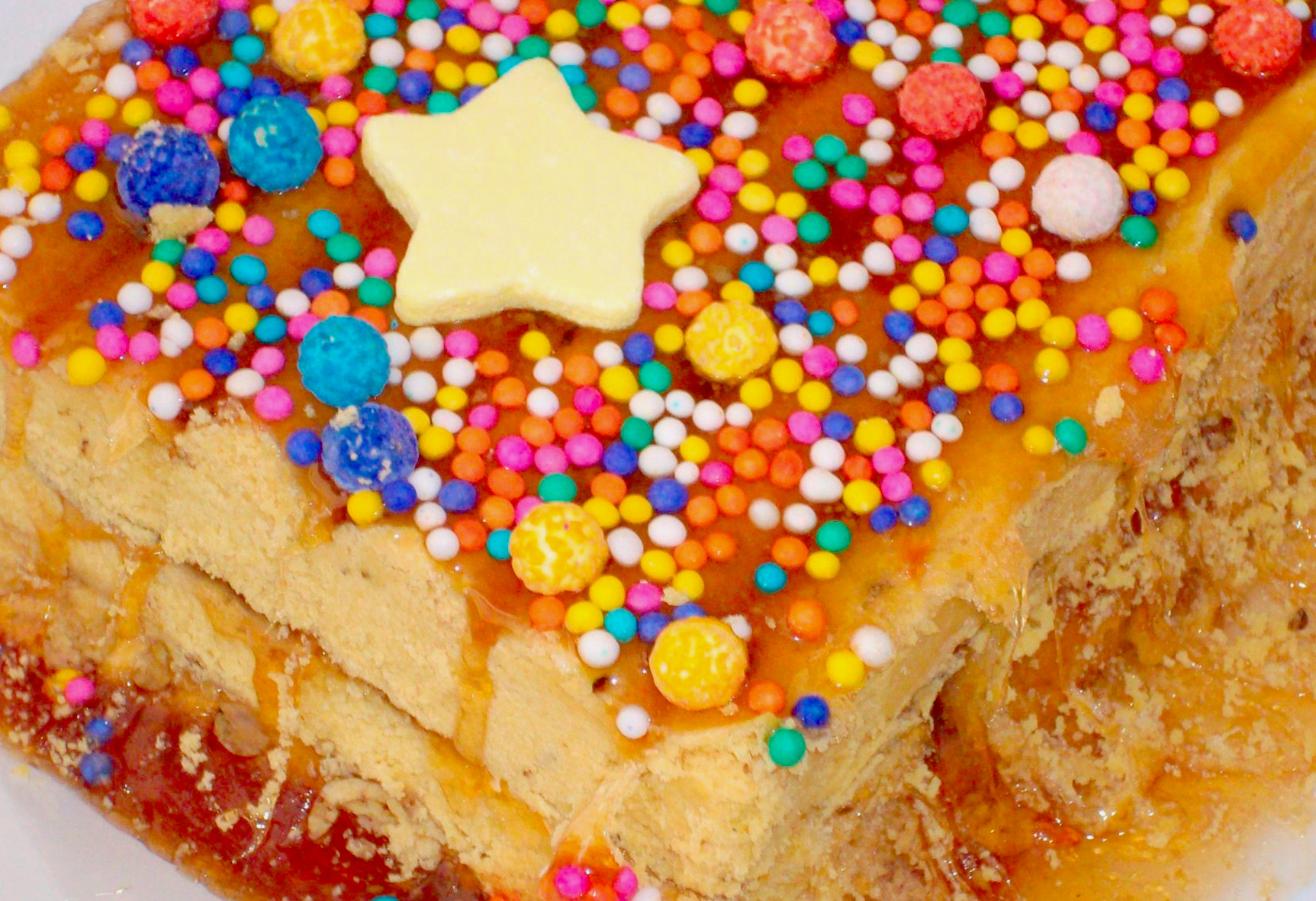
Turrón de Doña Pepa — Sweet History, Strong Devotion
Every October in Peru the streets of Lima fill with purple processions and the air with the aroma of a uniquely Peruvian sweet: Turrón de Doña Pepa. This layered, anise-scented nougat—built from baked strips of a buttery dough, drenched in a fruity chancaca (raw sugar) syrup and showered with colorful sprinkles—has become inseparable from the…
-
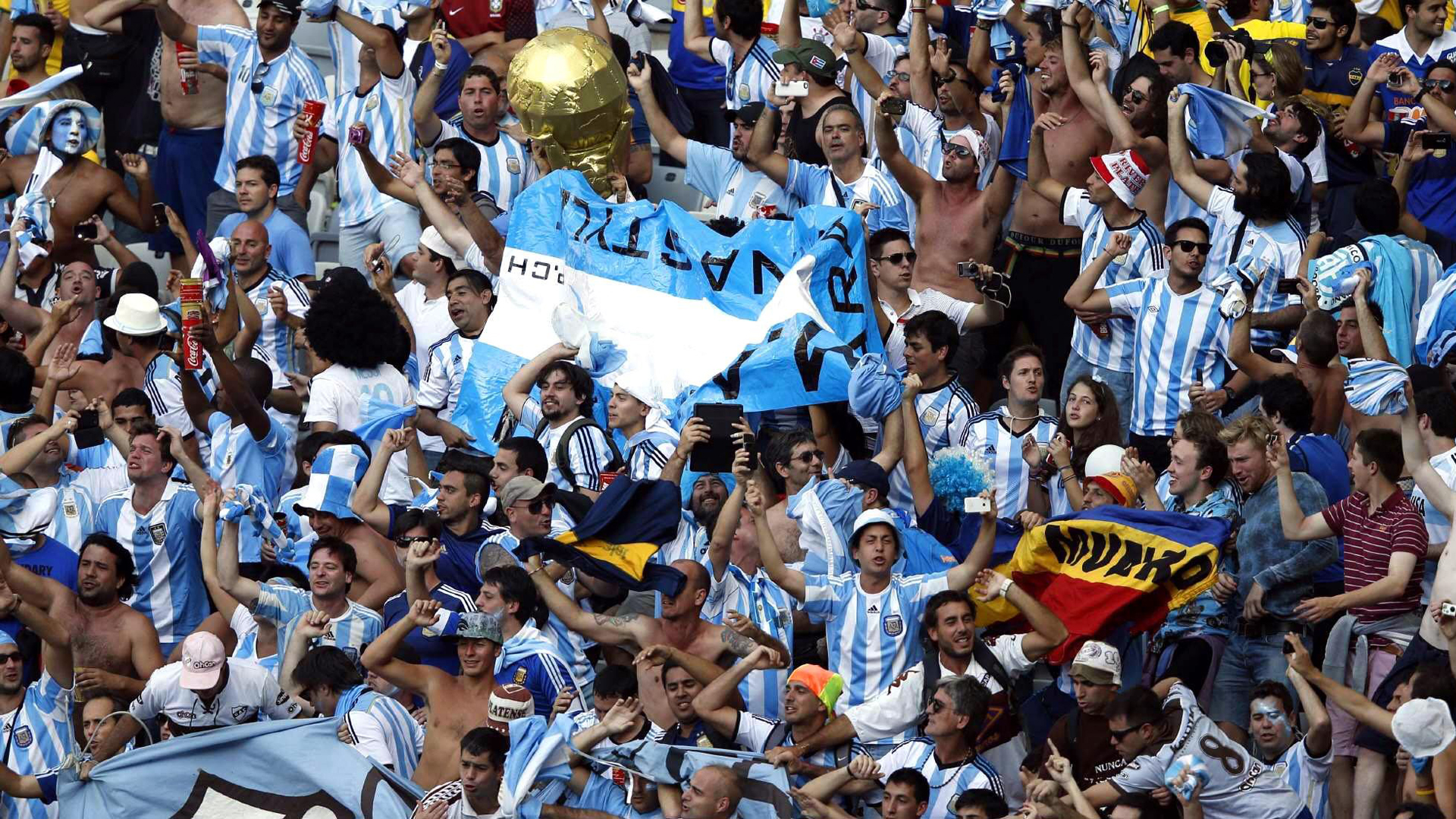
From the Commons to the Superclásico — A Short History of Football in Argentina and Why It Stirs the Nation
Football arrived in Argentina as an imported pastime and became the country’s greatest cultural engine. What began on the grass of British-run schools and docks evolved into neighborhood clubs, mass stadiums and a language of its own. This post traces the key moments in that transformation and explains why football continues to move Argentines so…
-
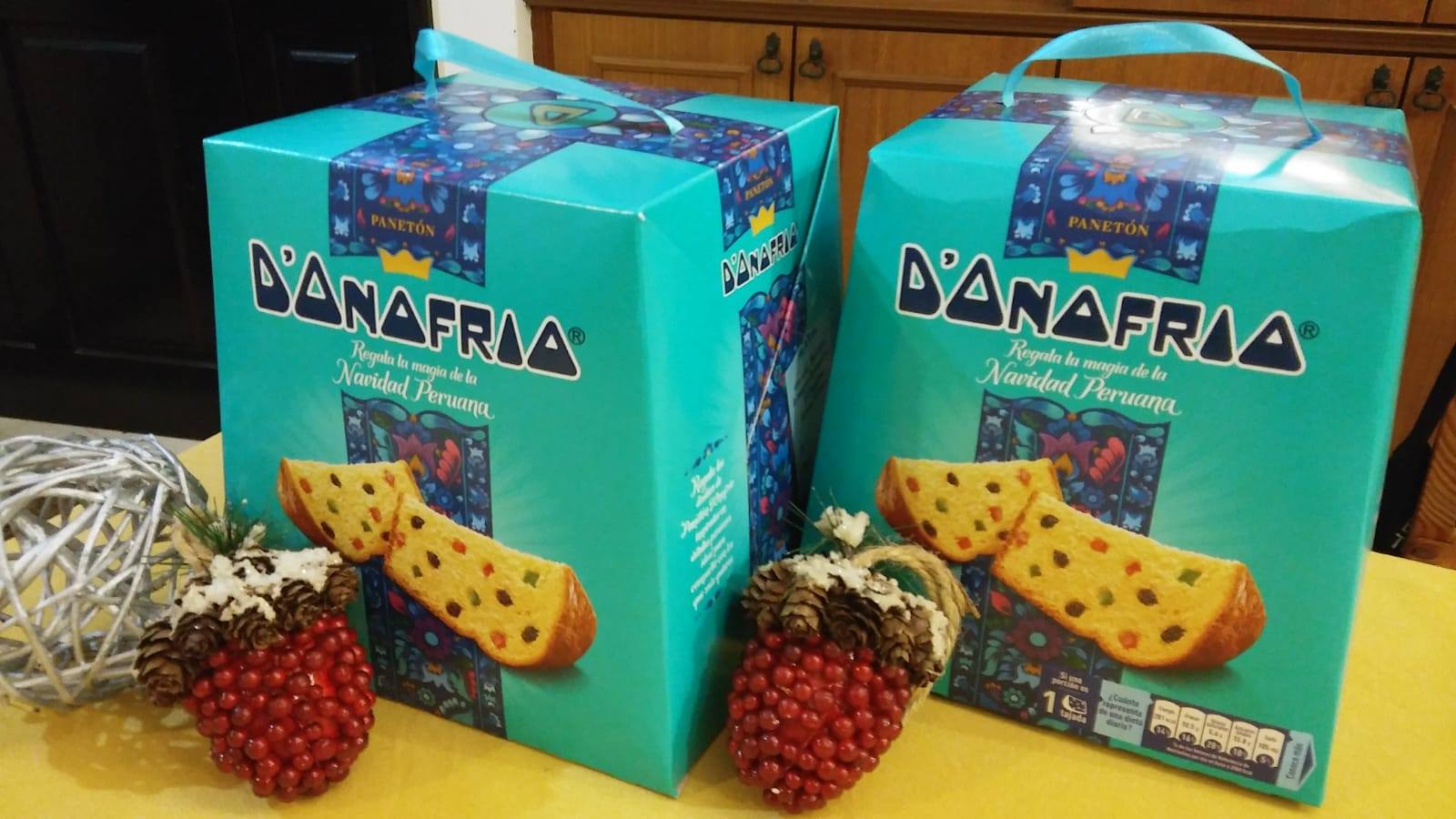
The Peruvian Panetón: how a Milanese cake became Peru’s most beloved Christmas bread
There are foods that arrive and stay. Then there’s panetón — the towering, fruit-studded sweet bread that each December fills Peruvian homes with the smell of butter, citrus peel and cinnamon. To many Peruvians, panetón feels more local than foreign: it’s breakfast with hot chocolate on Christmas Eve, an office gift, and sometimes even a…
